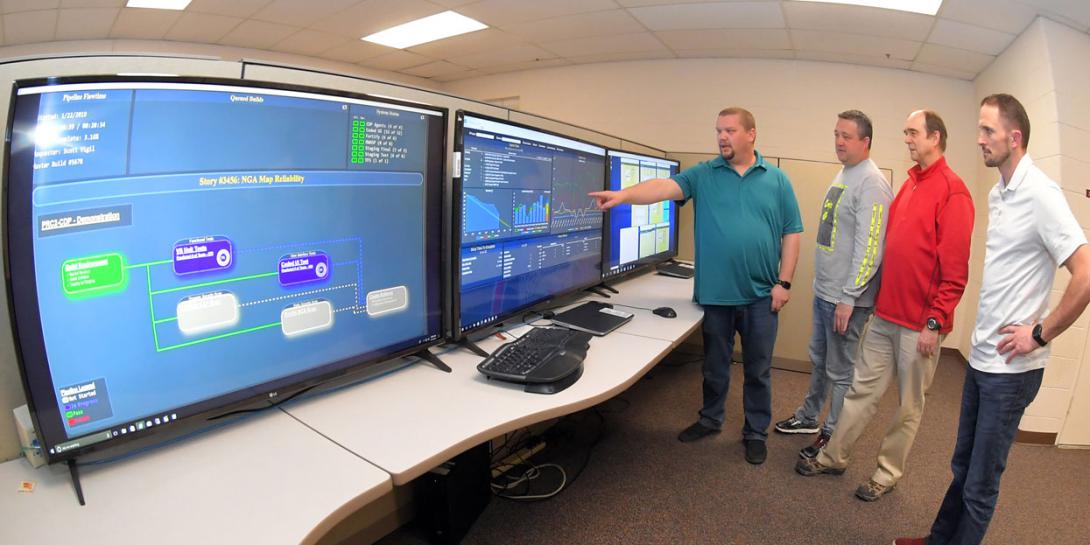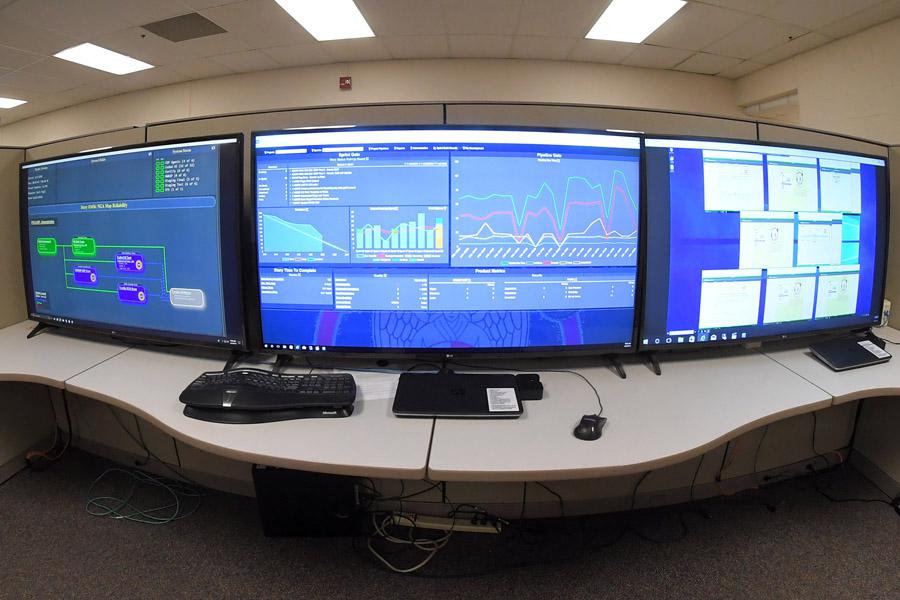Software Pipeline Open for Business, Air Force Squadron Says
A new software development system built by the Air Force will help developers get digital tools out to warfighters faster. Engineers at the 517th Software Engineering Squadron at Hill Air Force Base, Utah, created a workflow system and software development methodology to improve the development testing and fielding of new software products.
Nicknamed “The Pipeline,” the new continuous development software platform enables paired programming and test-driven development with automated test and evaluation, Todd Cromar of 75th Air Base Wing Public Affairs reported. It features a development secure operations, known as DevSecOps, a faster, more secure software development methodology, Cromar noted.
“The new process methodology was adopted because, until recently, software development was treated like new hardware within the Air Force,” he said. “Under the old acquisition lifecycle process, a final product release typically took a minimum of 400 working days from the time the requirements were set to the time a software release occurred. The squadron is currently releasing software every two weeks and has been doing so for nearly a year.”
With the tool, the unit no longer has to spend a lot of time creating extensive requirements documents. When engineers are done writing a section of code, they run it through The Pipeline, Cromar explained. The system performs 100 percent integration and regression testing, performing security and quality assurance scans and preparing release reports. A process that used to take six or seven weeks can now be completed in less than an hour, he added.
“Now, my team sits down regularly with the customer and they do what is called backlog grooming,” David Jolley, director of the 517th Software Engineering Squadron (SWES). “We work on new requirements with the customer, splitting them up into smaller software tasks, which are called stories that the software engineers can complete in two weeks.”
The new system will greatly aid the SWES in its role in designing and fielding software for Personnel Recovery Mission Software (PRMS) and Personnel Recovery Mission Manager (PRMM), which comprise part of the service’s Personnel Recovery Command and Control (PRC2), Cromar stated. All military branches and some federal agencies rely on the PRMS, the PRMM and the PRC2.
“It’s ridiculously drastic how much time we are saving and how many side benefits have been realized,” said Brent VanDerMeide, flight director for the 517th SWES. “Instead of receiving customer requirement sets, then providing that customer with monthly PowerPoint status reports for two to three years, the customer is now getting part of the product every two weeks.”






Comments